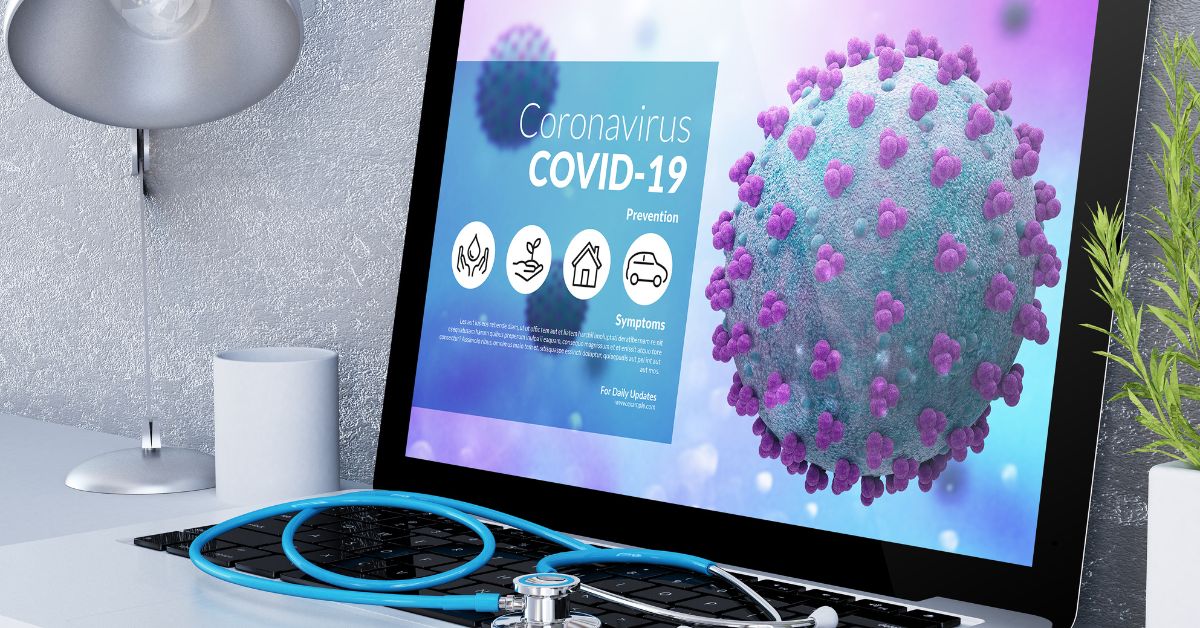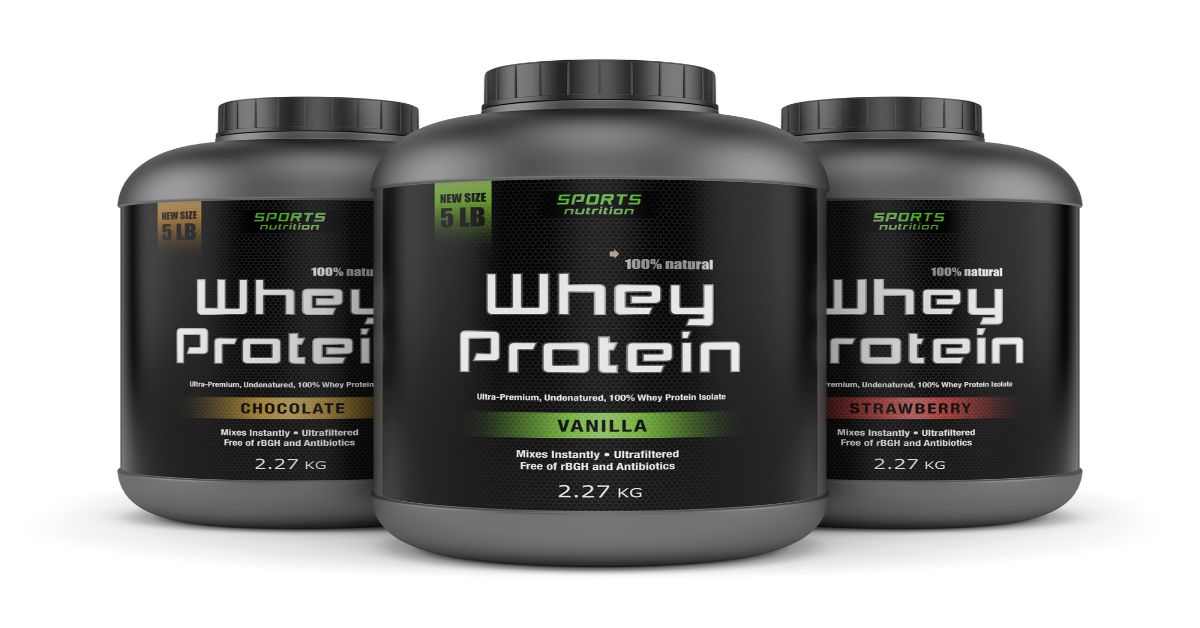Introduction: Why You Should Start thehealthyprimate.org Blog
If you’ve been contemplating how to start thehealthyprimate.org blog, you’re in the right place. In today’s digital age, blogging has become one of the most popular ways to share knowledge, build communities, and connect with an audience. Starting a blog focused on health and wellness, like thehealthyprimate.org, offers an opportunity to inform and inspire people to live healthier lives.
Whether you want to discuss topics like mental health, nutrition, fitness, or sustainable living, starting thehealthyprimate.org blog can be a rewarding endeavor. Not only can you help others, but you can also carve out your space in a growing industry of health bloggers.
In this article, we’ll break down the essential steps to help you start thehealthyprimate.org blog and begin your journey toward becoming a successful blogger in the health and wellness field.
Step 1: Choose Your Niche and Define Your Audience
Narrowing Your Focus
Before you start thehealthyprimate.org blog, one of the first steps is to decide on the specific health and wellness topics you want to focus on. Health and wellness is a broad category, so it’s essential to narrow your focus so that you can cater to a specific audience. Think about what you’re passionate about and where your expertise lies.
For example, some niches in the health space include:
- Mental Health and Well-being
- Holistic Healing
- Fitness and Exercise
- Nutrition and Diet Plans
- Sustainable Living and Eco-friendly Health Choices
Choosing the right niche for your blog will help you target a specific audience and provide more focused, valuable content. If you’re unsure, take time to explore your own interests and experiences. This will help you connect authentically with your readers once you start thehealthyprimate.org blog.
Define Your Target Audience
Once you’ve decided on your niche, think about who your audience is. Are you writing for busy parents, fitness enthusiasts, or people looking for mental health advice? Understanding your audience will guide the tone and structure of your blog posts. Knowing your readers’ needs will also help you create content that resonates with them.
Step 2: Set Up Your Website for thehealthyprimate.org Blog
Choose a Domain Name and Hosting
When you’re ready to start thehealthyprimate.org blog, the next step is to choose a domain name and hosting provider. Your domain name should reflect the focus of your blog, and it’s ideal to keep it simple and memorable.
For example, since you want to start thehealthyprimate.org blog, the domain name “thehealthyprimate.org” is perfect for this purpose. After selecting your domain, you’ll need a hosting provider. Popular hosting options for new bloggers include:
- Bluehost
- SiteGround
- HostGator
Once you’ve chosen a provider and set up your website, you can install WordPress (or any other content management system) to begin creating your blog.
Select a Professional and User-Friendly Theme
Next, choose a theme for your blog. Your theme determines the design and functionality of your site. It’s important to select a theme that is easy to navigate, mobile-responsive, and visually appealing. Many themes are available specifically for health and wellness blogs, which can help you get started quickly and professionally.
Step 3: Plan Your Content Strategy
Content is Key to Your Blog’s Success
One of the main reasons people will visit your blog is for the content. When you start thehealthyprimate.org blog, you need to create a content strategy that appeals to your target audience. Plan out the types of content you’ll publish and the frequency of posts.
You might want to focus on:
- How-to guides (e.g., “How to Eat a Plant-Based Diet”)
- Personal stories (e.g., “My Journey to Mental Clarity”)
- Product reviews (e.g., “Top 5 Supplements for Energy Boost”)
- Interviews with experts in health and wellness
By creating a diverse range of content types, you’ll engage your audience and provide them with value. Remember to always focus on educating, entertaining, or inspiring your readers to return to start thehealthyprimate.org blog regularly.
Develop a Posting Schedule
Consistency is key in blogging. Once you’ve identified the types of content you plan to create, develop a posting schedule. Whether you post once a week or twice a month, having a consistent schedule helps you build an audience. Consistency also signals to search engines that your site is active, which can improve your blog’s SEO rankings.
Step 4: Promote Your Blog and Build an Audience
Use Social Media to Drive Traffic
After you start thehealthyprimate.org blog, you’ll need to promote it to attract visitors. Social media platforms like Instagram, Twitter, Pinterest, and Facebook are powerful tools to promote health and wellness content.
Here are some ways you can promote your blog on social media:
- Share blog posts regularly to drive traffic to your site.
- Engage with your followers by responding to comments and questions.
- Collaborate with influencers or other bloggers in the health space for guest posts or shoutouts.
- Use hashtags to reach a larger audience interested in health and wellness.
Additionally, you can join health and wellness communities on social media platforms, where you can share your expertise and direct people to your blog.
Utilize SEO for Organic Traffic
Search engine optimization (SEO) is another crucial aspect of building traffic to your blog. When you start thehealthyprimate.org blog, you’ll want to learn how to optimize your content for search engines so that your blog shows up in Google search results.
Some important SEO practices include:
- Keyword Research: Identify the keywords your target audience is searching for and incorporate them into your blog posts.
- On-Page SEO: Optimize your posts by including proper title tags, meta descriptions, and image alt text.
- Quality Content: Search engines prioritize high-quality, informative content, so ensure your posts are well-researched and offer value.
By implementing SEO best practices, you’ll increase the chances of your blog ranking well on search engines, bringing organic traffic to your site over time.
Step 5: Monetize Your Blog
Explore Different Revenue Streams
Once you’ve established your blog and built a steady flow of traffic, you can explore ways to monetize your efforts. There are several methods to earn income from starting thehealthyprimate.org blog:
- Affiliate Marketing: Promote health products, services, or books, and earn commissions on any sales made through your referral links.
- Sponsored Posts: Work with brands in the health and wellness industry to publish sponsored content.
- Digital Products: Sell your own products like eBooks, online courses, or meal plans.
- Display Ads: Use ad networks like Google AdSense to display ads on your blog.
By diversifying your revenue streams, you can create a sustainable income from blogging while continuing to provide valuable content to your readers.
Step 6: Stay Committed and Grow Your Blog
Be Patient and Persistent
Building a successful blog takes time. After you start thehealthyprimate.org blog, be patient as you grow your audience and refine your content strategy. Some blogs take months or even years to build momentum, but the key is to stay committed. Keep writing, keep engaging with your readers, and always look for ways to improve your content.
As your blog grows, you can scale your efforts by outsourcing tasks, like hiring writers or social media managers, to free up your time and focus on what matters most to you.
Conclusion
Starting thehealthyprimate.org blog is an exciting journey that allows you to share your passion for health and wellness with the world. By following the steps outlined in this article, you can set yourself up for success. Choose your niche, plan your content, promote your blog, and explore monetization opportunities as you grow.
Remember that consistency, patience, and a commitment to providing value to your readers are the keys to long-term success. If you’re ready to dive into the world of blogging, starting thehealthyprimate.org blog is your first step toward creating a positive impact in the health and wellness space.




